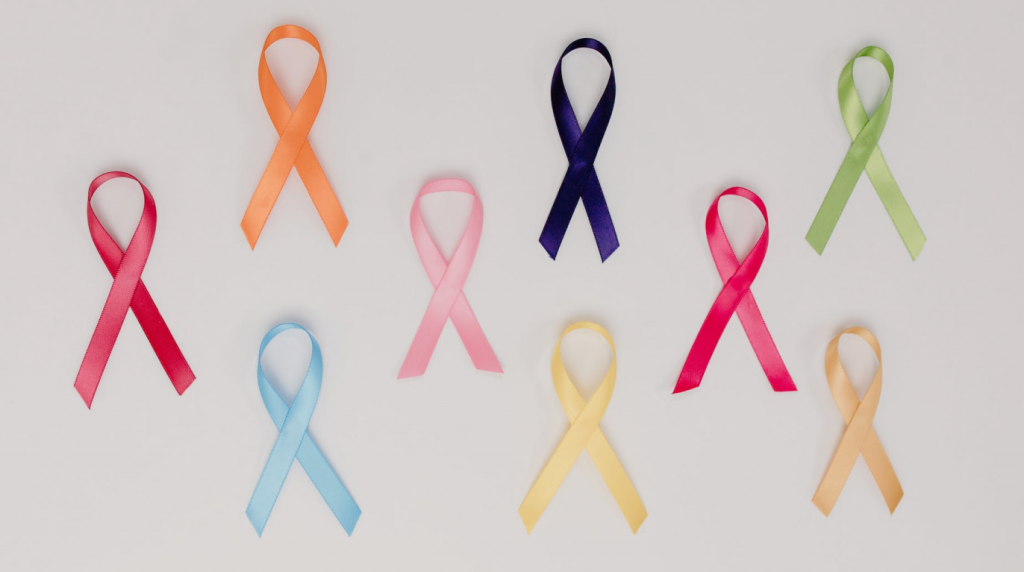
Friday September 3, 2021
PR for charities – what you need to know
3 minute read
So if you’re a PR firm working on a charitable project, how can you help make it a success? To mark the International Day of Charity (September 5), here are our top five pointers.
Don’t just raise awareness – change behaviour
While making people keenly aware of a charity and its cause is an important step, it is only a means to an end. You need to change their attitudes and motivate them to do something to help. This might be through appealing to their sense of fun through a dressing-up day. It might be playing to their desire to get fit, by taking part in a sponsored run. Or it might be simple things, such as a sponsored silence. For people who can’t donate much themselves, you have to break down the barriers and make it easy and desirable for them to get involved with your cause.
Sanlam, a South African insurance organisation, for example, increased awareness of the dire water crisis in Cape Town through a unique campaign called 2-Minute Shower Songs. Musicians developed short tracks that people could sing along to and stop their shower as soon as they finished, helping save 50 litres of water a day. The campaign tapped into the audience’s values of wanting to take part in something enjoyable and quick. At the same time, it also broke down the barriers of believing that saving water is cumbersome and boring, or that long showers do not contribute to water wastage.
Choose your visual tone wisely
Charitable causes often, of course, feature content that is designed to draw attention to the plight of vulnerable groups. While negative emotions and messages get amplified more through social media, too much downbeat imagery may end up desensitising your target audience or making them feel as if they cannot make a difference. Conversely, overly positive pictures may not evoke feelings of urgency or the need to donate.
CRY (Child Rights and You), an India-based NGO, strikes a beautiful balance on its website by using imagery of visibly impoverished children who radiate happiness. It implies the positive results of the help they have received from donors. You should emphasise to your audience that their aid is required, but you also want to make them feel that previous aid made an impact.
Every little counts
Make it clear to your target audience what they can achieve with every donation, no matter how small. Explain the difference that just £5, £10, £20 and so on can make. For example, Save The Children’s donation page outlines that a single gift of £25 can provide supermarket vouchers for two UK families. And that a monthly donation of just £3 could supply 18 sachets of therapeutic food paste to severely malnourished children. Most donations are likely to be made up of smaller, one-time amounts, rather than large bequests or grants from a foundation. The smaller the amounts for which you can provide tangible results, the more donors you will stand to attract.
Be prepared to justify overheads
Larger charities have suffered a dent in their credibility due to reports of them spending a high percentage of their donations on overheads. Some have tried to address the debate through restricted grants or donations, where donors can determine how the funds are allocated. For example, Oxfam and Doctors Without Borders allow people to select which specific programmes or countries they want their contributions to benefit.
Even so, charities continue to receive criticism for using a significant part of donations to cover costs such as salaries of senior staff. The Telegraph recently carried a report stating that the directors of more than 270 charities in the UK took home a salary higher than that of the Prime Minister. Helen Stephenson, chief executive of the Charity Commission, stated that charities need to be able to explain why they may be paying their senior staff such high salaries and how this enables them to carry out their mission.
Criticism over overhead costs and salaries may alienate donors and adversely impact media coverage, so you must be prepared to explain why certain costs are crucial.
Justifying costs may be easier for smaller organisations, but transparency, accurate data and timely reporting are essential for charities of all sizes. Consider suggesting to organisations that they put up their balance sheets and annual reports on their websites.
Build a coalition
While your client may have the resources to plan and execute a campaign or CSR activities alone, partnering with other organisations can increase funds and credibility. By itself, your client has a limited target audience and your calls to action may not be considered as relevant to the wider society.
The 2-Minute Shower Songs campaign saw Sanlam partnering with the Cape Town tourist board and local government to increase its reach. Another example is the World Wild Fund for Nature (WWF) partnering with heavy-hitters such as Dropbox and the World Organization of the Scout Movement for its annual worldwide initiative Earth Hour.
A coalition may extend your project timelines, but it is likely to result in greater success, especially if your campaign is global in nature or requires pushing lawmakers to enact change.
Curzon PR is a London-based PR firm working with clients globally. If you have any questions, please feel free to contact our Business Development Team bd@curzonpr.com




Follow us